Cannoli Cheesecake with Oreo Cookie Crust & Dairy Milk Chips needs crunch at the base—read more to learn to make it perfect.

Isn’t it annoying when a cheesecake starts out perfectly, but the base turns soft within hours of serving? You’ve done the hard work—crushed the Oreos, packed them in, poured the rich filling, baked (or chilled) it with care. But when it’s time to slice, the crust doesn’t hold up. It bends, breaks, or blends too much with the filling.
In Indian homes, where cream cheese is not cheap and Oreo packets fly off the shelf, a Cannoli Cheesecake with Oreo Cookie Crust & Dairy Milk Chips is a treat. You want the bottom to crack, not fall through. You want the bite to start off with texture. But dampness, irregular layering, or even improper storage can make that crunchy Oreo bottom turn into a soggy bottom before the cake ever makes it to daylight.
Here are seven reality-checked, kitchen-tested tips to create and preserve your Oreo crust from losing its edge, even under heavy cheesecake weight.
1. Always Pre-Bake the Crust, Even for No-Bake Cheesecakes
Regardless of whether you are baking or refrigerating your cheesecake, the crust must be set before it is put in contact with the filling. Use cream intact Oreos that are crushed and blended with melted butter (6 tablespoons to 2 cups of crumbs) and press in the tin. Next, bake at 175°C for 10 minutes.
This phase dehydrates the bottom and seals in the fat—transforming it from soggy crumbs to a sealed layer. Even when your cheesecake is no-bake, doing this pre-bake makes all the difference. After cooling down, the base is no longer a sponge, able to absorb creamy fillings.
2. Allow the Crust to Cool Down Fully Before Filling
A warm crust, when covered by cream-based batter, holds steam between layers. Such retained moisture ascends into the Oreo crust and softens it from the bottom. Always allow your baked Oreo base to come to room temperature—at least 30 minutes—before adding the cheesecake mix.
If you’re in a rush, place the base in the fridge once it’s out of the oven. The goal is a firm, neutral base that’s not holding residual heat. This alone stops sogginess in more than half of homemade cheesecakes.
3. Place a Light Coating of Melted Chocolate over the Crust
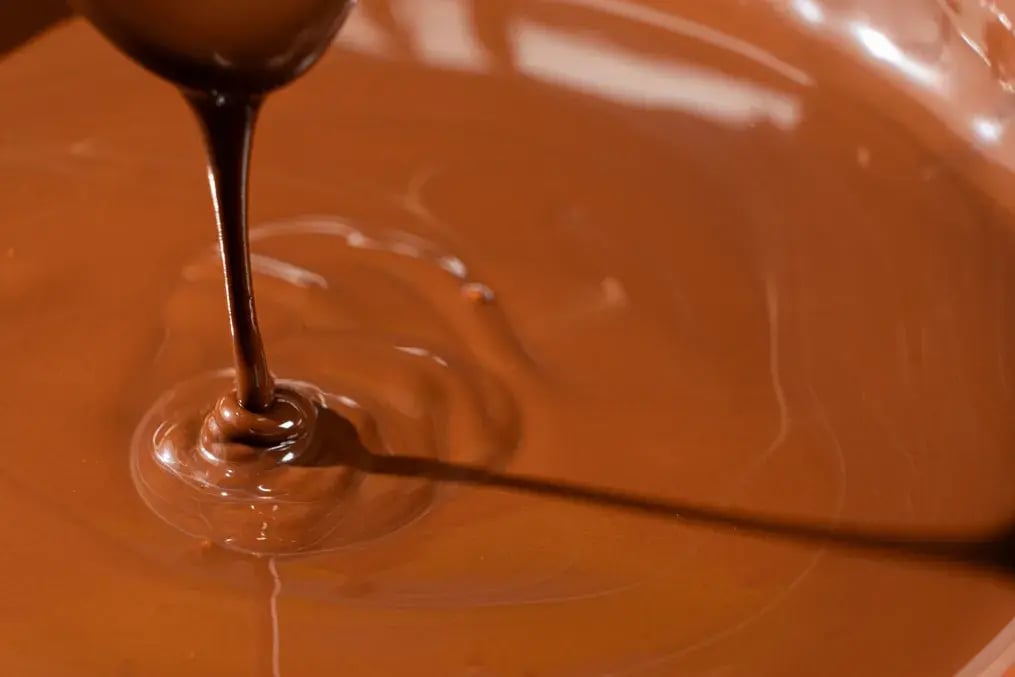
A thin chocolate seal works wonders in keeping the crust sealed. After baking and cooling your Oreo crust, brush or spoon a thin layer of melted semi-sweet or dark chocolate on the top and allow it to set. This coating dries hard into a seal that keeps the creamy cheesecake layer from coming into contact with the crumb base. This is particularly handy in hot Indian kitchens, where even a perfectly baked crust will go soft after a while. Not only does the chocolate shell keep the structure intact, but it also introduces a bitter depth of flavor that pairs well with sweet fillings.
4. Avoid Over-Mixing the Cheesecake Batter
A thinner, looser cheesecake batter tends to seep into the crust during baking or chilling. Over-whipping the batter introduces excess air and breaks the balance between solids and liquids, making it more fluid. Rather, combine your cheesecake batter just until smooth—use room temperature ingredients and do not overbeat. For egg recipes, gently whisk eggs at the finish to preserve structure. For no-bake versions, use refrigerated cream and fold it in gently.
5. Chill the Crust After Baking for Minimum 1 Hour Before Filling
Aside from cooling, chilling provides the Oreo crust with time to set completely. After baking, allow it to reach room temperature, then chill the crust on its own for a minimum of one hour. This causes the butter to set completely and transforms the base into a biscuit-like layer. This additional hour in the refrigerator makes it resistant. Even liquid fillings such as custard or ricotta mixtures remain distinct when poured over a cooled crust. It's a step that contributes nothing to your grocery cost but saves the ultimate cake.
6. Line a Springform Pan with Parchment for Clean Edges
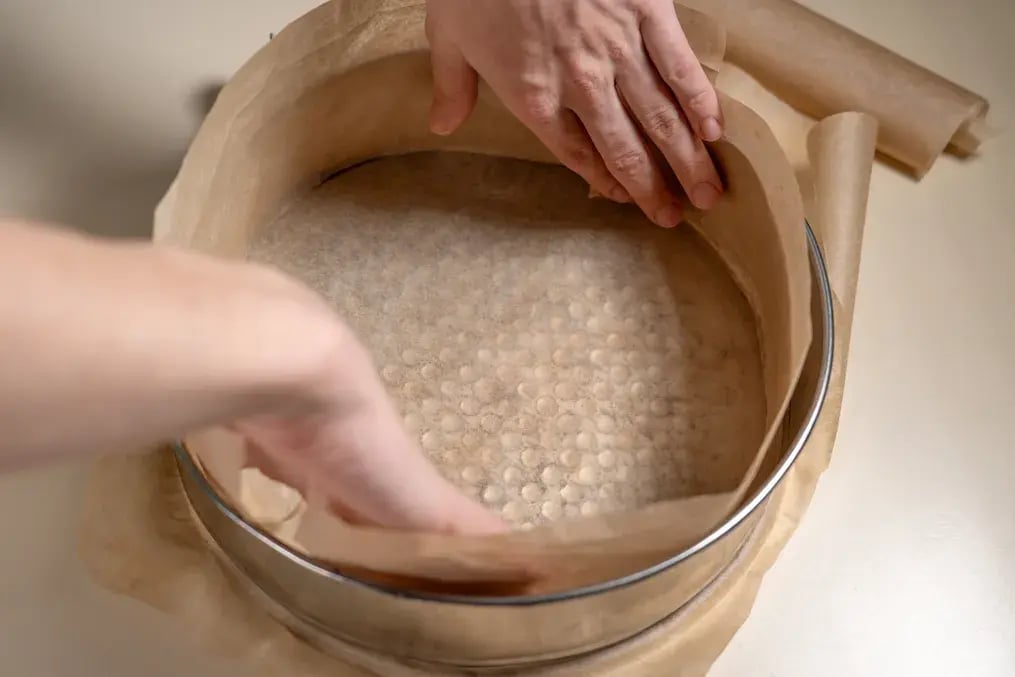
A soggy crust will usually result from water seeping in during a water bath bake—or from fridge condensation. A springform tin lined at the bottom and sides with parchment prevents the crust from exposure to outside moisture. Wrap the exterior of the pan with a double layer of foil to avoid water seepage when baking cheesecakes in a water bath. Alternatively, employ a dry-bake method using a shallow pan of water on the oven floor in place of an enclosed water bath around the tin.
7. Store Cheesecake Covered, But Not Airtight
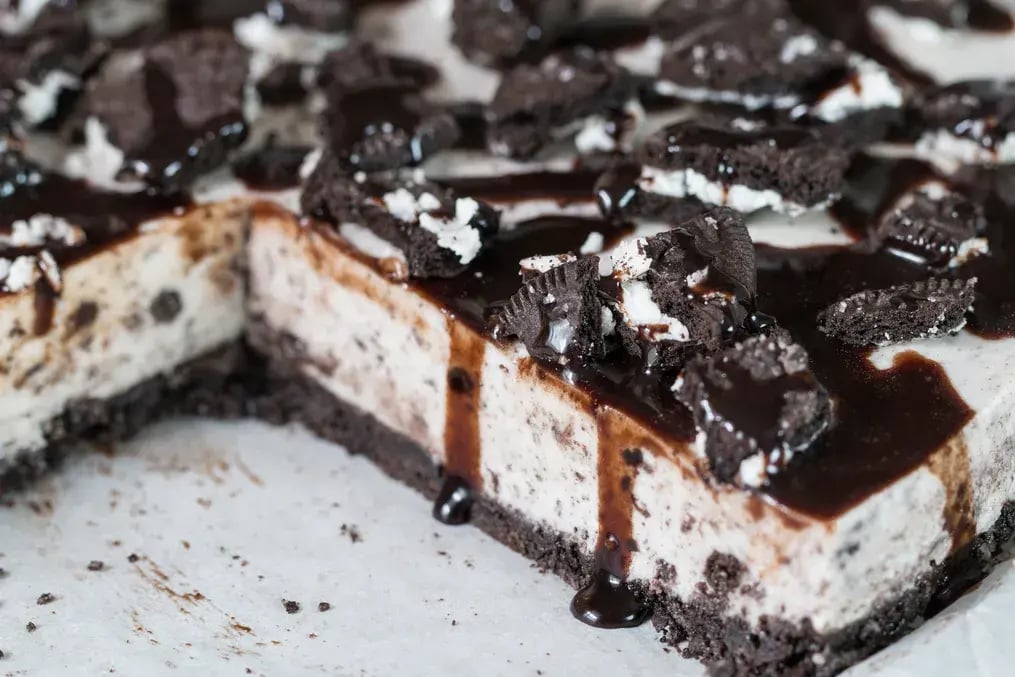
Storage is important. Cheesecakes left uncovered dry out; stored airtight with moisture trapped, they become soggy—particularly at the crust. Utilize a domed cake cover or loosely tented foil in the refrigerator. Don't use plastic wrap pressed tightly against the cake. If your refrigerator has high humidity (Indian kitchens being a common place), put a paper towel on top of the tented foil to trap additional moisture. This prevents the cheesecake base from turning soggy after a day or two.
Like This Article?
More Like This
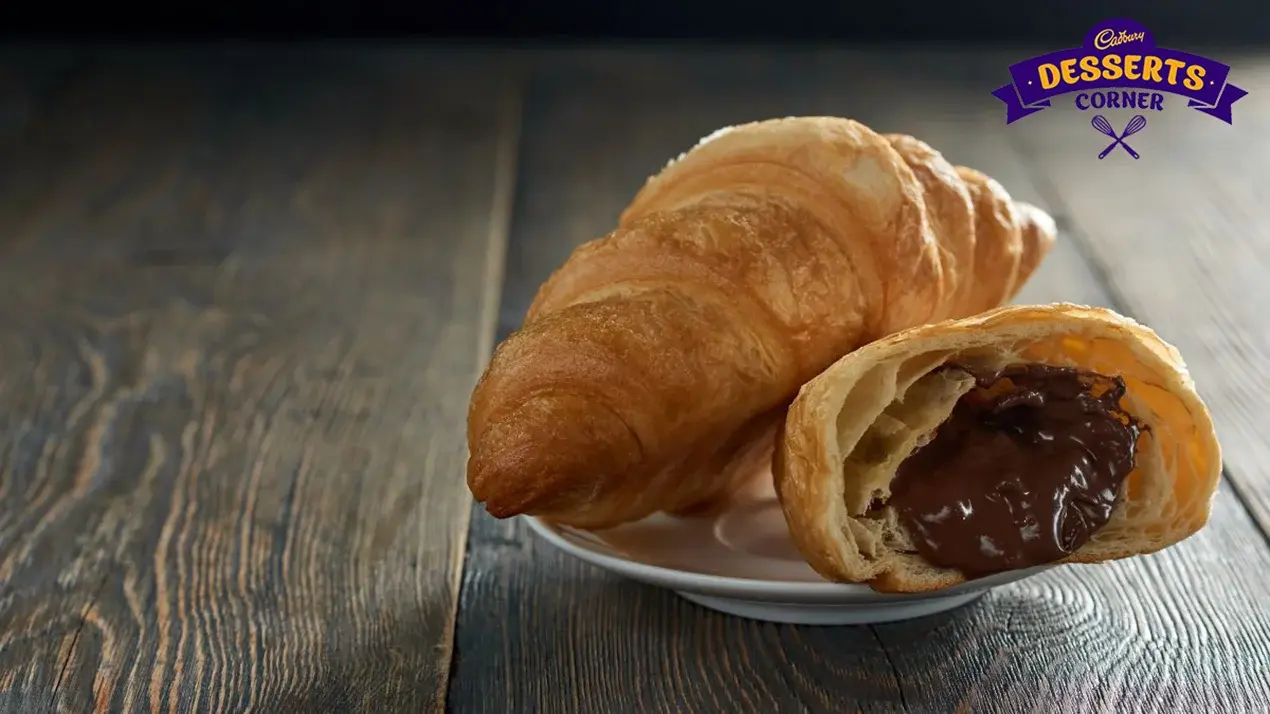
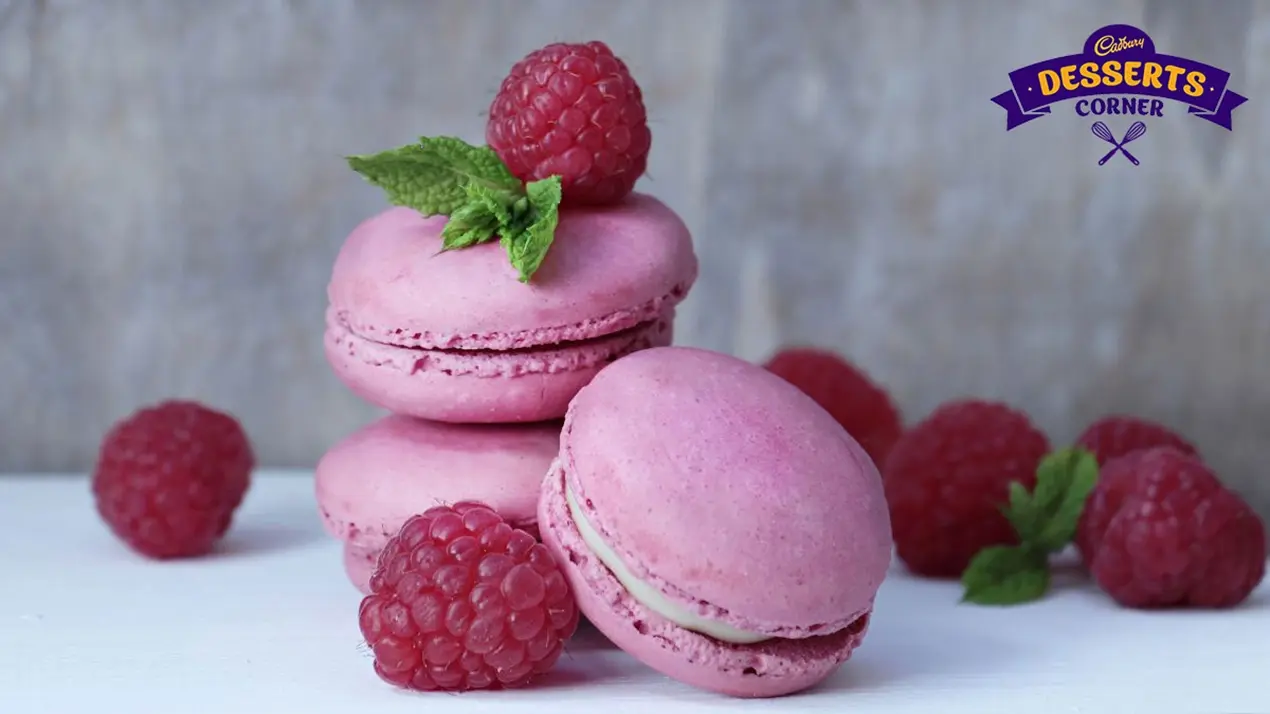
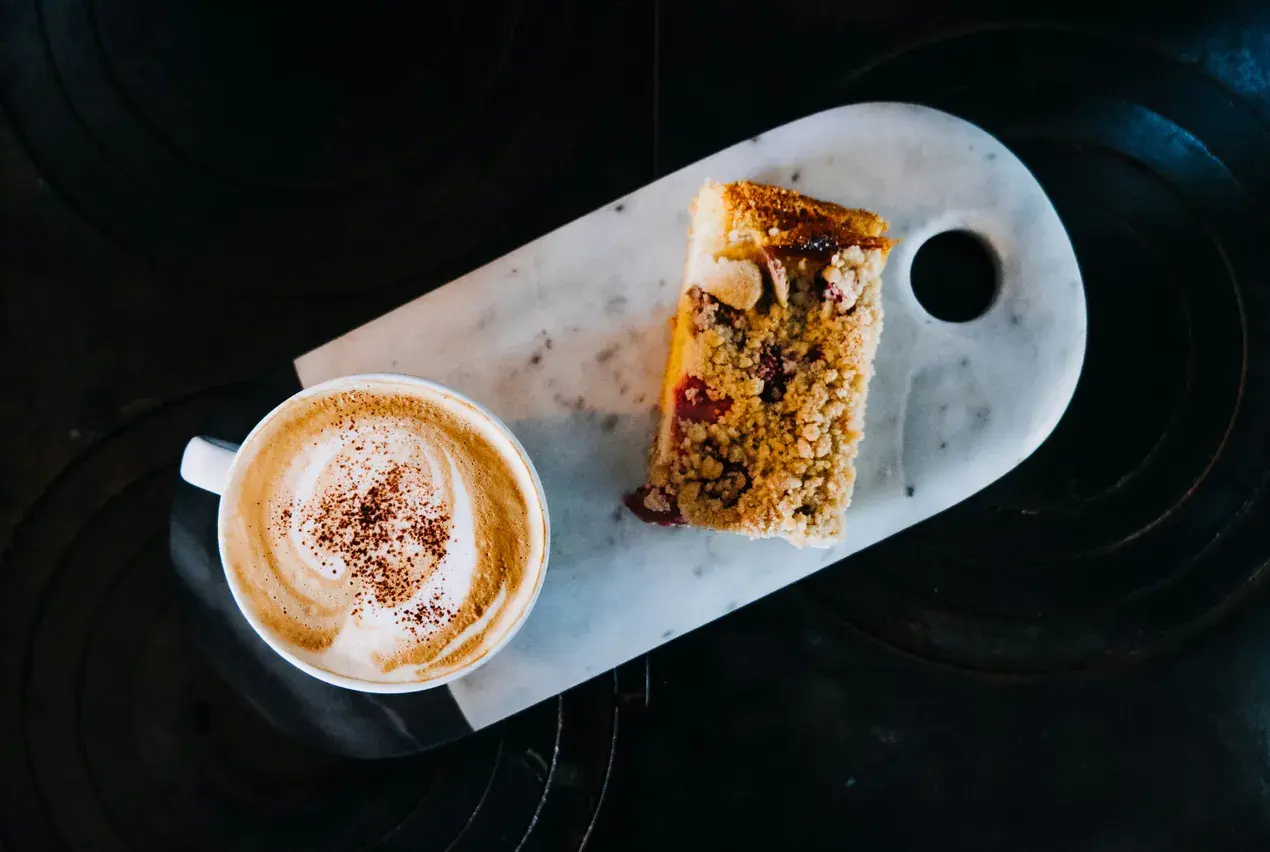

Popular Articles





Trending Web Stories
Curated Recipes


















